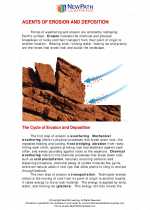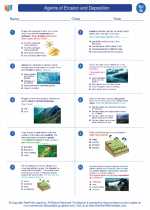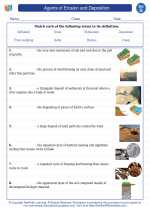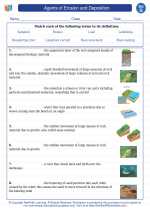Compound Telescopes
A compound telescope is a type of telescope that uses a combination of lenses and mirrors to gather and focus light, allowing for increased magnification and clarity. This type of telescope typically consists of a large concave primary mirror at the base of the telescope and a smaller convex secondary mirror near the opening of the telescope tube. Compound telescopes are also known as catadioptric telescopes due to their use of both lenses and mirrors.
How Compound Telescopes Work
When light enters a compound telescope, it first encounters the primary mirror, which reflects the light to the secondary mirror. The secondary mirror then reflects the light back through a hole in the center of the primary mirror, where it is focused and magnified by an eyepiece. This design allows compound telescopes to have a long focal length in a compact and portable form, making them popular among amateur astronomers and professionals alike.
Advantages of Compound Telescopes
- Compact and portable design
- Long focal length for increased magnification
- Reduced chromatic aberration compared to refracting telescopes
- Ability to use various optical designs, such as Schmidt-Cassegrain and Maksutov-Cassegrain
Components of Compound Telescopes
Compound telescopes consist of several key components, including:
- Primary mirror: Large concave mirror that gathers and reflects light
- Secondary mirror: Small convex mirror that reflects light back through the primary mirror
- Optical tube: Enclosed tube that houses the mirrors and lenses
- Focuser: Mechanism for adjusting the focus of the telescope
- Eyepiece: Lens used for viewing the magnified image
Using Compound Telescopes
When using a compound telescope, it's important to align the mirrors and adjust the focus to achieve a clear and sharp image. Proper maintenance and cleaning of the mirrors and lenses are also essential for optimal performance. Additionally, understanding the telescope's specifications, such as aperture and focal length, can help in selecting the appropriate eyepieces and accessories for specific viewing conditions.
Study Guide
Here are some key points to remember when studying compound telescopes:
- Describe the function of the primary and secondary mirrors in a compound telescope.
- Explain the advantages of using a compound telescope over other types of telescopes.
- List and describe the components of a compound telescope.
- Discuss the importance of proper alignment, maintenance, and understanding of specifications when using a compound telescope.
- Compare and contrast different optical designs used in compound telescopes, such as Schmidt-Cassegrain and Maksutov-Cassegrain.
Understanding the principles and components of compound telescopes can enhance your knowledge of optics and astronomy, allowing for a deeper appreciation of the cosmos and celestial objects.
.◂Science Worksheets and Study Guides Seventh Grade. Agents of Erosion and Deposition

 Worksheet/Answer key
Worksheet/Answer key
 Worksheet/Answer key
Worksheet/Answer key
 Worksheet/Answer key
Worksheet/Answer key
 Vocabulary/Answer key
Vocabulary/Answer key
 Vocabulary/Answer key
Vocabulary/Answer key
 Vocabulary/Answer key
Vocabulary/Answer key
 Vocabulary/Answer key
Vocabulary/Answer key
